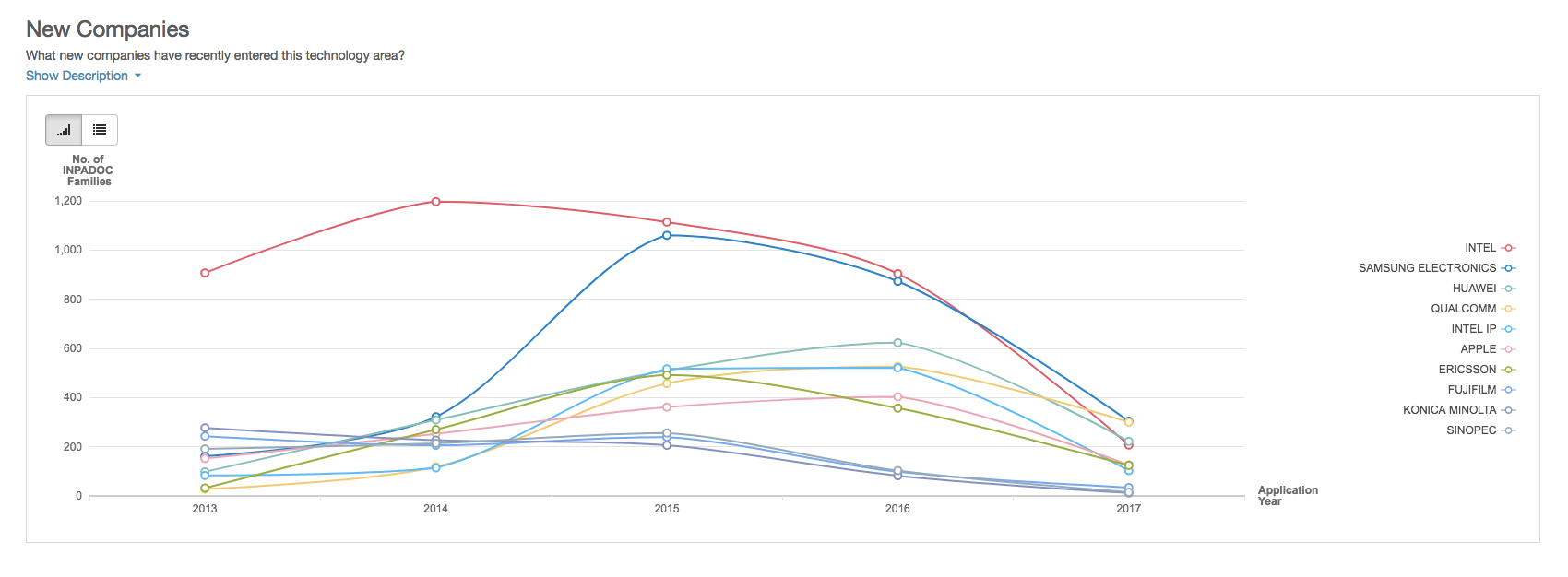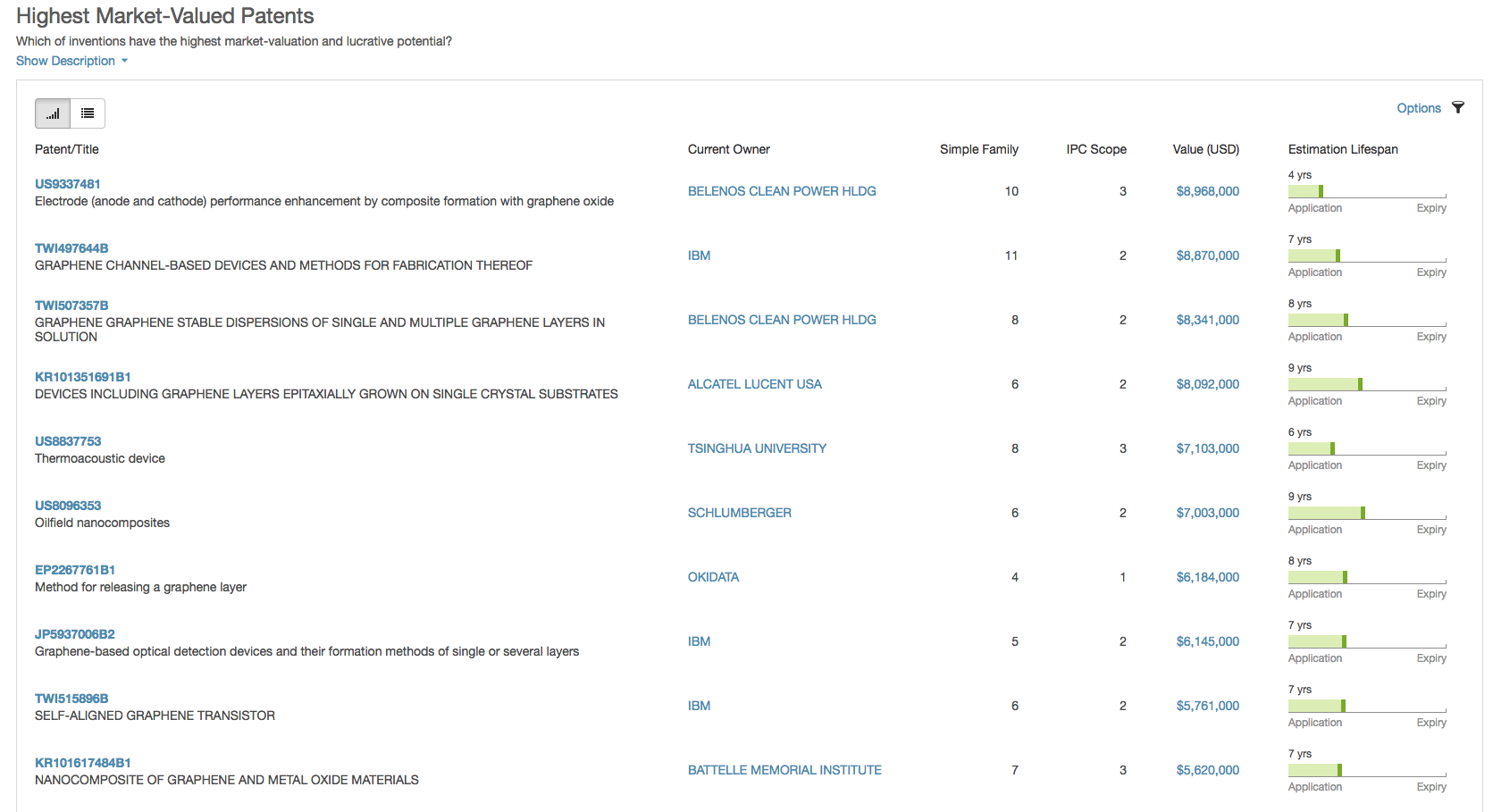4 strategies R&D project leaders should use to justify a budget increase
Establishing a budget for R&D projects can be difficult because there are so many known and unknown factors to consider—such as, employees (talent pool), equipment, the market and competitive patents. According to Inc., many R&D projects exceed budgets with disastrous consequences, and measuring technical progress and completion of milestones is generally more important than measuring expenditures overtime.
However, explaining this to your CFO probably won’t justify a budget increase. CFOs are financially minded, so you need to speak their language.
PatSnap sat down with Asim Syed, independent Food Innovations Advisor and former Head of Global Food Applications R&D at Dow AgroSciences, to discuss R&D budgeting in more detail. According to Asim, there are 3 common reasons why budgets are refused. They are:
- Having a history of bad decisions
- Not being able to prove the ROI of a project
- CFOs not understanding the technologies being developed
In this article, I will discuss 4 strategies that you can use to justify a budget increase for your R&D projects:
- Understand the marketplace so you know what’s required to beat competitors
- Be financially minded
- Create metrics to accurately forecast the ROI of your projects
- Prove a track record of success
Understand the marketplace
Make sure your R&D activities are aligned with the company goals if you want to justify a budget increase. If your company wants to increase market share in the next 5 years, you must understand who your competitors are. Asim explains why this is important, “If the market is mature and competition is strong, you need to have stronger R&D to create stronger technical barriers—which means you will need more resources.”
R&D leaders can do a competitive analysis, for example, by looking at patented technologies in a certain market and identifying top players are and technologies. If the capital required for developing new technologies is high but necessary to beat your competitors, a budget increase could be justifiable to your CFO.
For example, if you’re developing technologies relating to 5G, you could do a patent analysis to identify new competitors in that space and their latest technologies.

New companies filing patents related to 5G (Source: PatSnap platform)
Speak the language of your CFO
CFOs don’t often have technical expertise and might not understand the technicalities of R&D—meanwhile, R&D professionals aren’t typically financially minded. According to Advantexe, “terms like budgeting, capital budgeting, return on assets, and return on capital invested are typically not in the vocabularies of R&D leaders. But R&D leaders with enhanced business acumen embrace these concepts and, more importantly, know how to optimise them for the strongest impact and returns.”
You don’t need to be an expert in finance, but knowing financial jargon can help you when you are justifying a budget increase. Asim explains, “R&D professionals are mainly technical experts but now more of them are educating themselves in finance by doing short courses. Many people who are doing MS/PhDs in technical areas also have MBAs in finance. Finance is one area where most R&D leaders are weak and therefore unable to convince the CEO or CFO of capital investment.” If you can speak the language of your CFO, and make a case for a project in financial and non-technical terms, this could help you justify a budget increase.
Create metrics to forecast the ROI of your project
Creating metrics can be difficult because evaluating the ROI of a project can often take more than a year. According to Inc., “…budgets should be considered initially as tentative and gradually refined as more information becomes available…” However, this may not sit well with your budget holder. According to Chief Executive, “CEOs, CFOs and CTOs now are pressing hard to create the same kinds of windows and levers on R&D disbursements and returns, as they long have enjoyed on advertising budgets and audience measurements, or paper-clip procurement and back-office productivity.”
Therefore, R&D leaders and CFOs should define a fixed metrics system to accurately forecast the ROI of a project. Asim explains, “Most companies have a metrics called innovation revenue, and most companies want the revenue generated from innovation projects to be 25% of total revenue (also known as innovation sales). They may define innovation as new products launched within the last 3 years. However, if the revenue coming from those products is less than 25%, sometimes they change the definition of innovation and manipulate the numbers.” Clearly defined, unchanging metrics should be decided at the start of the fiscal year, to accurately calculate the ROI of your projects.
Other metrics which can be used come from patents. Although some companies don’t own intellectual property, metrics stemming from patents are sometimes useful because they are measurable. For example, you can calculate the cost of patenting a technology and the revenue generated from licensing it. This way, if you propose to patent a technology which could eliminate half of your competitors and bring in higher returns, a budget increase could be justifiable.
For example, the image below shows the highest market-valued patents in the graphene space. If the cost of developing similar technologies is lower than its potential valuation, it may help to justify a budget increase.

Highest market-valued patents in the graphene space (Source: PatSnap platform)
Use past performance to indicate future success
If you can show that previous R&D projects have had a high ROI, this could justify a budget increase. Asim explains, “History is a good tool for future prediction. You want to show your CFO that in the last 5 years, you have invested X amount of money and quadrupled the returns. For example, if you’re spending $1m, you would need to break even in 3 years and in 5 years, you would want to make £4m.”
Furthermore, you could provide evidence of past performance to help justify a budget increase. For example, you can show evidence from previous years of tax reductions or cash repayments, as a result of R&D projects. According to The Drum, “…that cash could spark the next big project, or fund the final push in creating something remarkable.” If the government thinks your project deserves a monetary reward, why shouldn’t your CFO?
About Asim Syed
Asim is an independant Food Innovations Advisor and former Head of Global Food Applications R&D at Dow AgroSciences. Asim has a strong background in food innovation and business development with over 23 years of successful experience in designing and implementing innovation strategies.
He has led the commercialisation of 55+ cutting-edge new products for the food service, CPG, and QSR markets and is the author of several food science book chapters and articles on management and innovation.
LinkedIn: Asim Syed on LinkedIn
Articles: Asim Syed LinkedIn articles